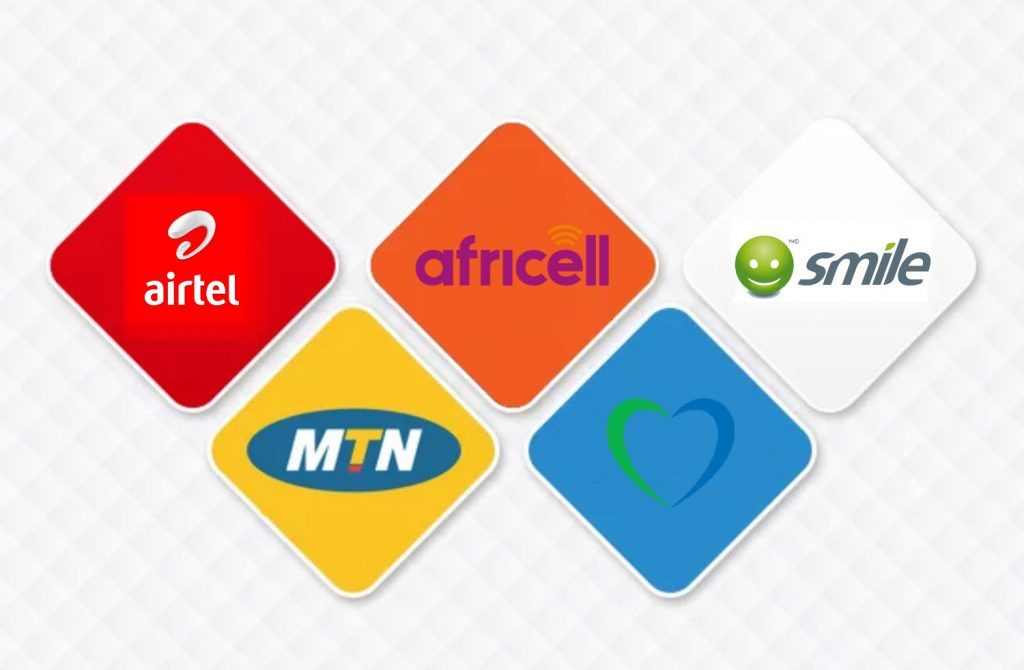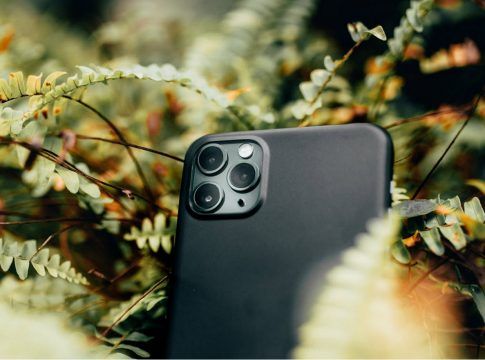Most of us have these mobile hand-held computers but we get them in different ways having different tastes and preferences as needy customers. There’s more than one smartphone available out there today! These devices are no longer just for making calls or receiving SMS messages; with the advent of the internet you can run most aspects of your day-to-day life through your smartphone. As a result, it can be very difficult to know which smartphone is the one for you.
In order for you to send WhatsApp messages and publish a few posts on social networks you shouldn’t really need to spend more than about UGX 500,000. For a gamer who is not prepared to give up fluid and smooth gaming experience, they had better be on the lookout for smartphones priced at around UGX 1 million. Whereas those who want the best of the best in terms of design and performance will need to be prepared to spend from about UGX 1.8 million and up.
Here are 10 things to consider when you’re in the market for a new smartphone.
1. Mobile networks and affordable plans
Do you want a new smartphone? Well, you’re pretty much spoiled for choice. Before you spend your credit card to purchase something online via Jumia, you should search for the best cell phone voice and data bundles offered by the various mobile providers. MTN, Airtel Uganda, K2, UTL, Africell Uganda and Lycamobile each have something interesting to offer customers, and will often provide complete packages including data, calls, and SMS. Who knows, maybe it’s the right time you to consider changing your current provider…you can even keep your current phone number.

Here are some offers from the big four networks in Uganda:
2. iOS or Android?
The mobile Operating system war is something even the internet will never settle. Apple has its strong following but this comes at the hefty price of buying an iPhone. If you can afford one, then an iPhone can be on your list. Most Ugandans use Android phones but these devices come with several versions of this Google software. Before buying a new smartphone, so you should brush up on your history of Android – or at the very least examine the differences between the last two versions, Android 9 Pie and Android 10.
The latest Android version available is Android 10, but unfortunately not all devices have the honor of showing it off. iPhone users are currently on version 13.
3. Phone Design

In selecting a new smartphone, personal taste is a major decision point, both in terms of software and outward appearance. Some people may prefer more rounded lines and sinuous design, whereas others like a sturdier look, characterized by straight lines and sharp metal edges. We must admit that with each passing month and the succession of launch events we see within the industry, smartphones are increasingly starting to resemble one another, and the choice available is strongly influenced by marketing campaigns and trends.
But, design is based on functionality. A metal unibody is stylish and trendy, but in some cases prevents you from using some features such as a microSD card or a headphone jack. Before buying, check the quality of the device to ensure you’ll be able to use it in the way which is most comfortable and convenient for you (provided these elements are important to you).
4. Smartphone Display type and size
For those who like to receive news updates or simply get lost in the HD graphics of the latest Android games, you should really consider a smartphone that is equipped with a display of at least 5.7 inches. For those that use the smartphone mainly for WhatsApp or to read Facebook posts, a smaller screen will be more than sufficient.
As for the display technology, there are two main types in Android: LCD and AMOLED. The main difference between the two lies in the projection of light. In theory, LCD screens tend to be brighter and display content better when in direct sunlight, while the AMOLED display offers sharper contrast and more saturated colors. In practice, however, with the passage of time and the arrival of new technologies, the difference between the two is becoming less noticeable. That said, Full-HD, FullHD+, or QHD resolution for images are almost always impeccable.
5. Processor and RAM
The processor is the hub of a device on which depends the overall performance. Sometimes, processor capability is what limits software updates. Qualcomm and Mediatek are a safe bet.

Companies like Apple, Samsung, and Huawei make their own processors. Huawei with its Kirin processor is proving itself able to offer good performance to users but Apple’s A15 chip take it all with their A13 Bionic chip. It should also be noted that for any processor to be its best, the amount of available RAM is crucial. Yes, the processor is important, but we need to look to the smartphone and its technical specifications as a whole.
iPhone comes with low RAM about 4GB compared to some Android phones that come with 12 GB — but iPhones still tend to perform better.
ALSO READ: Why iPhones are able to operate smoothly with less RAM unlike Android phones
6. Internal Memory
When you’re scoping out your next phone, check the RAM and internal storage, but not just what it says on the sticker. Take a look at how much space the preinstalled apps take up. Although you can use a MicroSD card to expand your smartphone’s storage capacity, do not forget that a larger internal memory is recommended over using an external card.
At the same time, before you opt for a model with 128GB or 256GB of internal storage, think about how much you’ll actually use. Are you using your smartphone as an external hard drive for your computer by saving movies, music, files and heavy apps? If the answer is no, you’re probably OK with 64GB.
7. Battery Life

Battery life is one of the most important features to consider when choosing a new smartphone. Do not be fooled: a higher number of mAh does not amount to more and more battery life, or to a longer battery life cycle. The factors that come into play are different and it’s worth knowing them.
For example, you should consider that screens with a higher resolution consume more energy, while the latest processors optimize battery life. Then there’s display refresh rates and quick charging technology to think about. Rather than just looking at tech specs, it’s best to check out reviews and benchmark results to know how all these factors perform when combines in a single device. At the moment, 4,000 mAh seems to be the standard.
8. Camera quality
Smartphone manufacturers are starting to pay more attention to camera quality and features lately, and that’s a great thing for users. The number of megapixels, hybrid autofocus, optical stabilization, manual modes, special effects, and special selfie features: smartphones are becoming more and more like a digital camera.

Once again, I recommend you not to dwell too much on the numbers showing on the technical sheet. The MP does not tell the whole story and it is important to get an idea of the type of integrated sensor, lens quality, and pixel size. You’ll find all the details specified in our reviews, but once you’re in the store it will cost you nothing to start the camera app and check the brightness of the shots and software features for yourself.
9. Price Vs performance
We intentionally made this last, but probably would have been the first factor to consider if you have a limited budget, it is definitely the price. What do you want to spend on your next smartphone? Is it worth it to use all your salary or is it perhaps appropriate to limit yourself and choose something cheaper but equally powerful and in step with the times? The choice is yours, but be aware that for any price range there are some devices better than others.
So, what do you look for in a smartphone? Are there any features that can be a deal maker or breaker when it comes to selecting a new smartphone? Let us know in the comments below.


